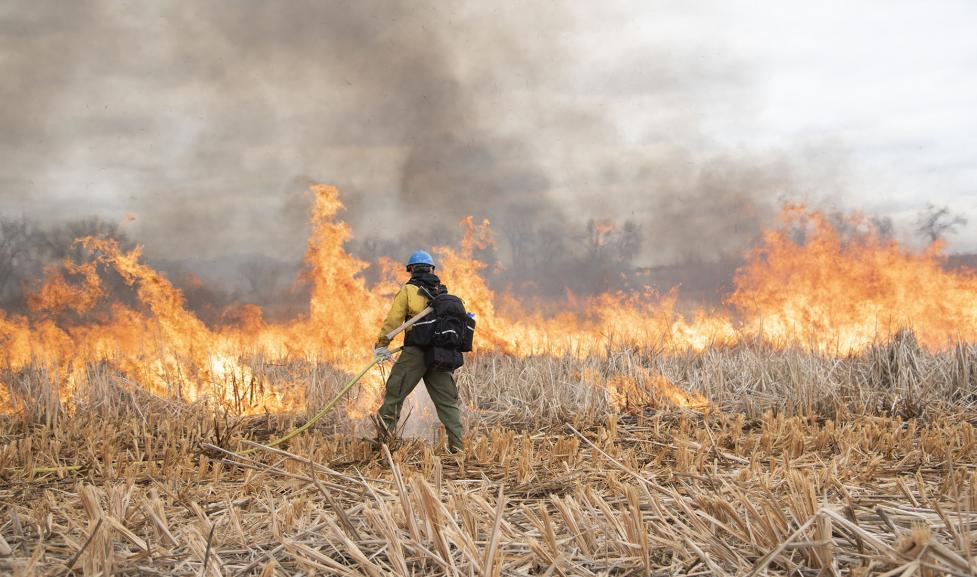The City of Boulder periodically conducts prescribed burns on open space, agricultural areas and water ditches. Prescribed burns are an important tool for managing Boulder’s landscapes. They:
- Reduce wildfire risk by lowering the amount of dry vegetation that can fuel dangerous wildfires.
- Support healthier ecosystems by restoring grasslands and forests that depend on periodic fire.
- Help control invasive plants that threaten native species.
- Maintain agricultural water infrastructure by controlling vegetation growth
